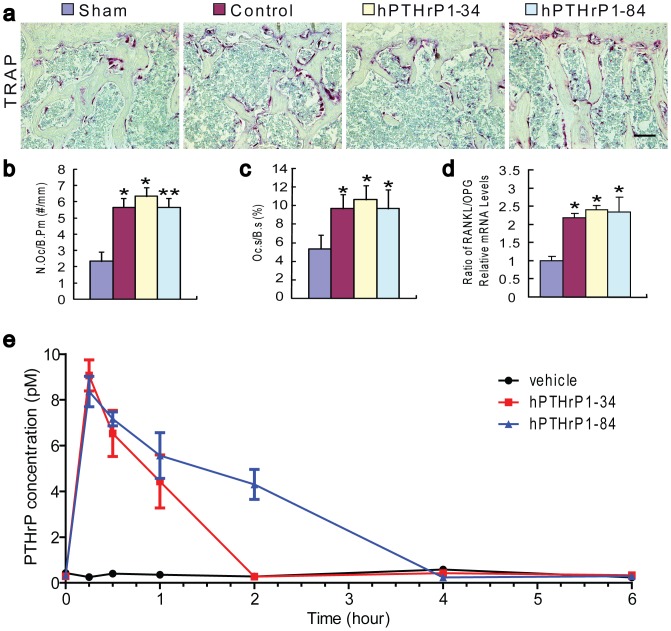Figure 6. Effects of recombinant hPTHrP1-34 and 1-84 on osteoclastic bone resorption parameters and half-life analyses of recombinant hPTHrP1-34 and 1-84 in vivo.
(a) Representative micrographs of paraffin embedded sections of vertebrae stained histochemically for TRAP and photographed at a magnification of 200. Scale bars in a represents 50 µm. (b) Number of TRAP positive osteoclasts per mm bone parameter (N.Oc/B.Pm, #/mm) and (c) the surface of osteoclasts relative to the bone surface (Oc.S/B.S, %) were determined in the trabeculae of TRAP-stained vertebrae. Each value is the mean ± SEM of determinations in 6 animals of each group. (d) Real-time RT-PCR was performed on long bone extracts for RANKL and OPG mRNA as described in Materials and Methods. Messenger RNA expression assessed by real-time RT-PCR analysis is calculated as a ratio to the GAPDH mRNA level and expressed relative to levels of Sham group. Ratio of RANKL/OPG relative mRNA levels was calculated and was presented as the mean ± SEM of determinations in six animals of each group. (e) Plasma immunoreactive PTHrP determined using ELISA after subcutaneous injection of vehicle or hPTHrP1-34 or hPTHrP1-84. Blood samples were drawn at the following time points after injection of study drugs: 15 and 30 minutes, then 1, 2, 4, 6 hours. Each value is the mean ± SEM of determinations in 6 animals of each group. *, P<0.05; **, P<0.01 compared with Sham group.

